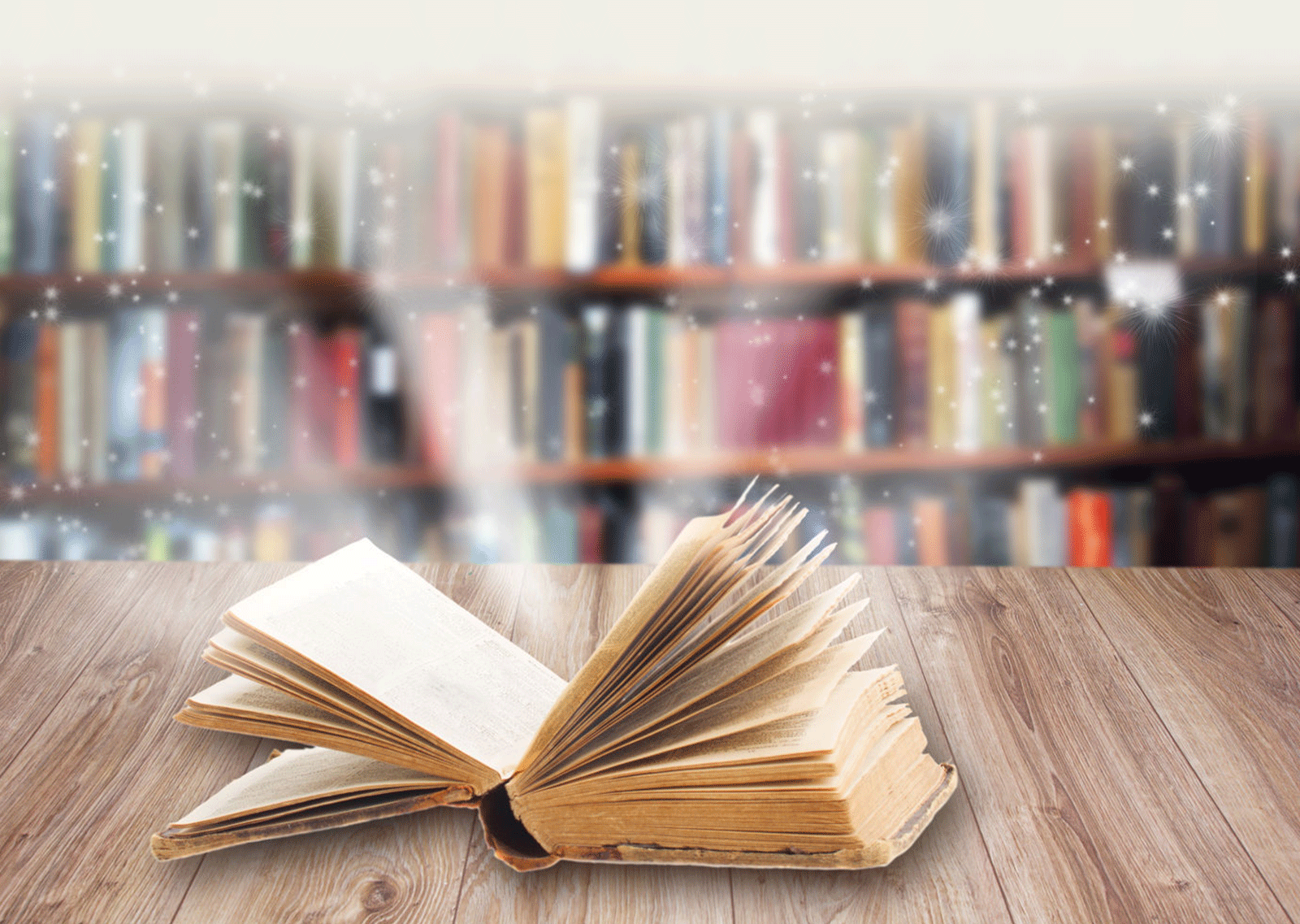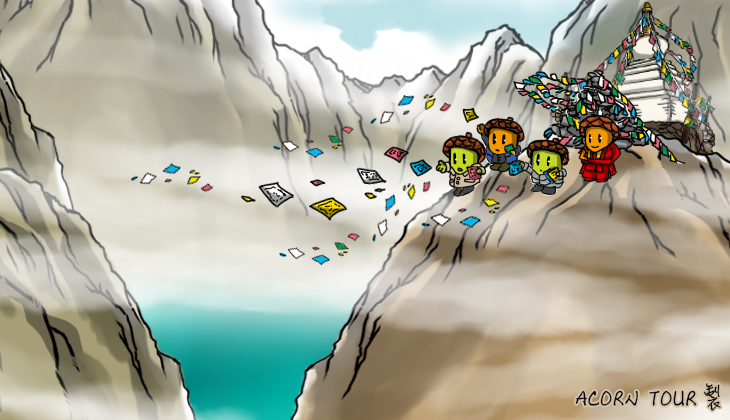
【Geography】The Borders - Chapter 6: Journey of Finding Living Buddha
尋找活佛之旅,旅行就這樣開始了。
This is how the finding living buddha journey began.
多年前在某個炎熱的夏天,有位客人想要尋找一個非常有智慧的師父。我們心想師父不就是在一般的寺廟裡老和尚,所以旅行就這樣開始了。
地點就落在藏地一個偏遠沒聽過的小村落,車子翻山越嶺,不知道翻了幾座山,經過破損的橋,當時怎麼過的,現在想起來腳都麻麻的;又翻了幾座山,突然所有車子都熄了火,原來遇到大批的軍隊和坦克車,需要等待他們經過才能再出發。大家都耐心的等待。在等待時,突然間當地居民跑出來,拿著籃子裡面裝著餅乾、飲料、泡麵和傳統紅紅綠綠的大熱水壺開始在兜售,連泡麵的熱水都貼心準備好了,原來這個經常性的塞車造就村裡的一個小商機。
車子繼續開著在路上,突然又停住無法前往,原來前面在炸山,只有簡單的塑膠布蓋住部分區域,所有車只能停一旁,等炸完大家若無其事又繼續開車,真不知道是這裡的人都比較勇敢,還是我們比較膽小……….。
就這樣走走停停,經過一個市集,其中冰糖梨的甜美至今都回味無窮。在路上又經過一個古老的藏式和羌族建築,忍不住好奇心,跑進去參觀,從清晨開到了傍晚,終於到達了目的地。
眼前走來一個穿著紅袍的年輕師父,我們以為師父是很老的長者,原來他是經過認證的活佛轉世;他帶著微笑問我們:「是不是在途中跑去貪玩了?」當下覺得驚訝,也很尷尬。
正確的說法,師父不是師父,是稱呼仁波切,或 ㄏㄛˊㄈㄨㄛˊ ?... ㄏㄨㄛˋㄏㄨˋㄛㄈㄡ ... 或活佛。他是村裡認證過的轉世活佛。在這個小村落裡,他的地位是最高的,甚至比他的父母還高;他的父母或家人端茶完畢,後退時候都要倒退著走(小碎步後退),不可以屁股朝前。
Many years ago, in a hot summer, a guest wanted to find a wise master. While we were wondering if it was just an ordinary old monk in an ordinary temple, the journey began.
It was said that the monk lived in a small village in Tibet that I hadn't heard of before. The car passed over steep mountains and bumpy ridges which were endless that I had no idea how many we had driven through, and even feel creepy when recalling now.
On the way, we even met a troop and tanks that we had to stop by to wait for them to pass. While we were waiting patiently, suddenly the local residents ran out and started selling large kettles, biscuits, drinks, instant noodles in their baskets. Even the hot water for the instant noodles was prepared. The frequent traffic jams created a small business opportunity for the village.
The car continued to set off, and suddenly stopped again. It turned out that there was a bombing in front of the mountain covered with only a simple plastic sheet. All the cars could only be parked aside. After the bombing, everyone kept going as if nothing had happened. I really had no idea whether the people there were too brave, or we were too timid...
We kept pausing and moving on the way. We stopped by a market and bought the crystal sugar pears which tasted incredibly delicious. We also stopped by and took a look of an ancient Tibetan and Qiang-style building. From early morning to the evening, we finally arrived at our destination.
A young master in a red robe walked to us. We thought that the master would be very old. It turned out that he was a recognized living Buddha. He smiled and asked us, "Did you have fun on the way?" We were very surprised and embarrassed.
Correctly speaking, he wasn’t called Master. He was “Rinpoche”, who was a reincarnated living Buddha recognized by the village. In this small village, he had the highest status, even higher than his parents. His parents and family members had to walk backwards with small steps when they brought him the tea. You must walk backwards with small steps, and are not allowed to face the butt forward.
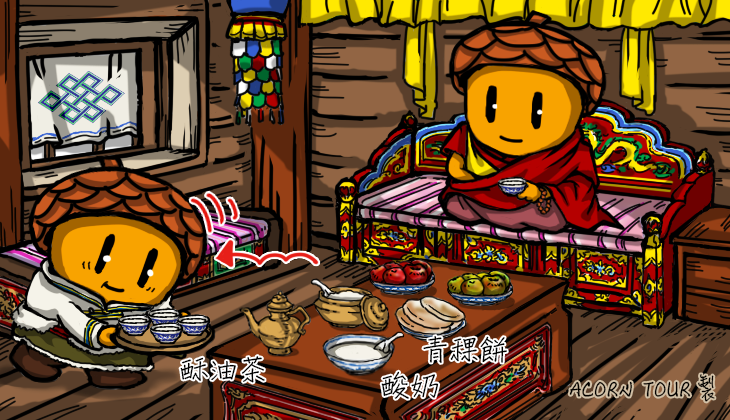
後退時候都要倒退著走(小碎步後退),不可以屁股朝前。
You must walk backwards with small steps, and are not allowed to face the butt forward.
活佛是擁有國外雙博士學位,兼具現代和傳統智慧,致力改善藏地的生活習慣。他注意到藏人身上有羊味,因為傳統紅袍裝著沒加工過的羊毛,所以他把羊毛改成棉花,就可以兼具保暖又沒有味道;家家戶戶推廣要安裝淋浴和沖水馬桶的衛浴設備,也許在我們看來是正常的,可是他需要花一些心力去推廣說服村民們改變這樣的生活習慣。
(PS:其實很多歐美和北方寒冷的國家在冬天也是不喜歡洗澡的,所以發明了香水,只要噴一噴就可以出門)
在那裏我們過了一夜,那是一個有保有傳統文化的小村落。清晨很安靜,只有河流聲音,那裏的天空有很大的雲朵,天空的顏色是湛藍色。
隔天他帶領著我們在遼闊的山坡上,看到整個壯麗大山谷,並撒著藏傳的五色紙,轉著小小的轉經輪,心中有著一種說不出的平靜。
這裡有兩座寺廟,一座是新蓋的寺廟,一座是非常古老的寺廟。在古老的寺廟有一個老者管理著,他拿著一把非常老舊的鑰匙,慢慢打開一扇塵封已久的門。一開始裡面看起來暗暗的,心裡有點擔心;後來我們在中心處,看到一尊金身,經過說明才知道,這就是活佛前世的金身。而他的轉世正帶著我們看著他的前世,有著一種很奇妙的感覺。
後來活佛安排祈福的儀式,當他的雙手放在我們的頭上,有一種說不出溫暖的感覺,這一刻當下覺得很神奇,可能是這樣回來後,感覺有聰明一些?
當我們離開,他們把珍藏手工繪畫的唐卡送給我們,還依生肖給不同唐卡,這些唐卡都是用天然的礦物顏料繪畫,非常的珍貴。
旅行就是這樣,下一站是哪裡?發生什麼事不知道,也許是驚喜、也許是驚訝,但一定很期待……. ![]()
The Living Buddha had an overseas double PhD. degree, combining modern and traditional wisdom, and was dedicated to improving the living habits of Tibet. He noticed that the Tibetans smelled of sheep because the traditional red robe was filled with unprocessed wool. He changed the wool to cotton, which was warm and odorless. He also encouraged every household to install showers and flush toilets. These things may seem nothing special to us, but he needed to spend efforts to promote and persuade the villagers to change their living habits.
(PS: In fact, many people living in cold countries in Europe, America and the North don’t like to take a bath in winter, so they invented perfume. Just spray it and you can go out.)
We spent the night in the village where traditional culture was well-preserved. The morning was very quiet and only the sound of the river could be heard. The sky there was blue with big white clouds.
The next day, Rinpoche led us on the vast hillside and saw the entire magnificent valley. We spread the Tibetan five-color paper and spun the small prayer wheel there, feeling indescribably peaceful in our hearts.
There were two temples, one was newly built and the other was very old. There was an old man in the old temple who was in charge of it. Holding a very old key, he slowly opened a door that seemed to be unopened for a very long time. At first, it looked dark inside, and we were a little worried; then we saw a golden statue in the center. After the explanation, we knew that this was the golden statue of the living Buddha in his previous life, and his reincarnation was leading us to see his past life. Didn't it sound very strange?
Later, the Living Buddha arranged a blessing ceremony. When he placed his hands on our heads, there was a sense of indescribable warmth. At that moment, the feelings were very magical. Perhaps, we had become smarter afterwards?
When we left, they gave each of us a hand-drawing Thangka based on each person’s zodiac. These Thangkas were painted with natural mineral pigments, which made them extremely precious.
This is traveling. You never know what is your next stop and what is going to happen next. It may be a surprise or a startle, but definitely, something to be looking forward to.
【小常識 1】
藏人穿的衣服有三種方式,
有把外套全都穿起來的,也有袖子全部甩在屁股後面的,還有一邊穿上袖子,另一邊的袖子甩在後面的。
猜猜看,什麼時候要怎麼穿 ?
【Knowledge 1】
There are three ways for Tibetans to wear clothes.
Some wear all their coats, some have their sleeves all behind their butts, and others have sleeves on one side and the other sleeves behind.
Guess why they wear it differently?
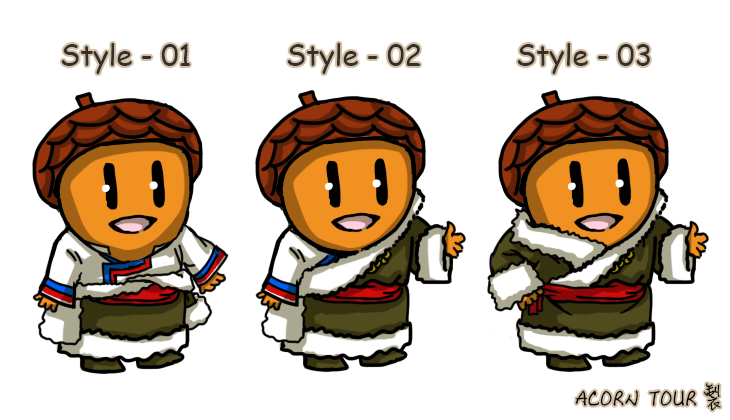
答案揭曉:
因為藏地氣候日夜溫差大,所以藏人穿衣服會隨著天氣調整,
正中午或天氣很熱,就會把袖子帥氣地全部甩在屁股後面;
有時候有一點冷,就會把一邊袖子穿上,
通常在傍晚以後或天氣變冷,就會把袖子全部穿上。
Answer:
Because the temperature changes significantly between day and night in Tibet, Tibetans adjust their clothes according to the weather.
At noon or when the weather is very hot, they will put their sleeves behind their buttocks; when it is a little cold, they put on one sleeve; and usually after evening or when the weather gets cold, they will put on both sleeves.
【小常識 2】
藏地的寺廟平常是鎖住不開放的,每個寺廟都有一管理者持有鑰匙,只有在訪客約定到訪才開放;寺廟的門與開門鎖匙都非常的古老,充滿歷史感。
【小常識 3】
藏地村民家裡都有很多棉被,少說 50-200 件棉被必備。猜猜看是為什麼?
【Knowlege 2】
Temples in Tibet are usually locked and not open to the public. Every temple has a key manager. The temples only open when specific visitors visit. The temple doors and keys are very old and full of history.
【Knowledge 3】
There are many quilts in Tibetans’ homes, at least 50-200 quilts. Guess why?

答案揭曉:
(1)因為藏人十分好客,對藏人來說,沒有客人是很丟臉的,沒有客人表示人緣不好。
(2)藏人準備的棉被可以隨時供給大量的親朋好友來訪時留宿使用。
Answer:
(1) Because Tibetans are very hospitable, it is a shame for Tibetans to have no guests, which means they are not popular.
(2) The quilts prepared by Tibetans can be used at any time when many relatives and friends visit.
【趣味】
藏地偏遠地方的廁所,到底是什麼樣子呢?
【Interesting】
What do toilets in remote places in Tibet look like?
答案揭曉:
(1) 傳統廁所在戶外,可以充分體驗近距離與大自然最親密的接觸, ( 偶而還會遇到動物)
Answer:
(1) The traditional toilet is outdoors, you can fully experience nature. (You may also meet animals sometimes.)

(2) 傳統廁所皆以 天然原木  打造,分有三種等級:
打造,分有三種等級:
(2) Traditional toilets are all made of natural wood.  There are three levels:
There are three levels:
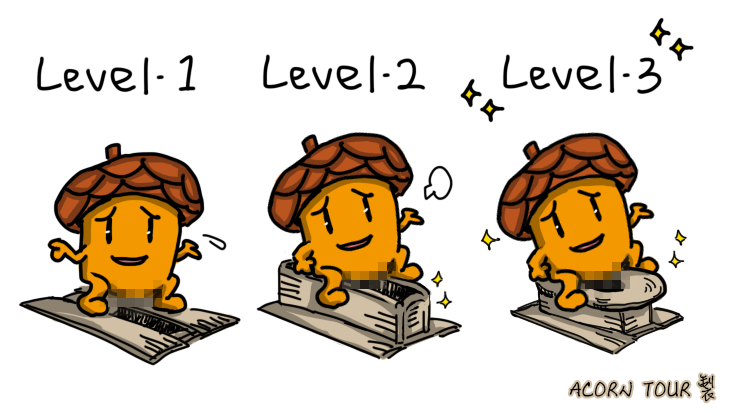
(1)普通級馬桶:兩個木板中間底下有一個洞。
(2)進階級馬桶:修過圓弧狀的木板排起來高一點,讓雙腳舒適跨坐蹲在上面,底下還是一個洞。
(3)更高級馬桶:修過圓弧狀的木板排起來的木板上面,再加一個圓盤中間有一個洞的木板(像馬桶座),可以蹲坐在上面,讓人輕鬆如廁。
 以上三種皆免沖水,同時兼具環保與省水概念,並保留最天然的氣味。
以上三種皆免沖水,同時兼具環保與省水概念,並保留最天然的氣味。
【行程】
![]() [藏地之旅]
[藏地之旅]
![]() [蒙古之旅]
[蒙古之旅]
(1) Level 1 - Normal toilet: There is a hole under the middle of two wooden boards.
(2) Level 2 - Medium toilet: The arc-shaped wooden boards provide a little higher toilet, so you can sit comfortably on it, and there is still a hole underneath.
(3) Level 3 - Advanced toilet: A wooden board with a hole in the middle of the disc (like a toilet seat) is added on the arc-shaped wooden board. You can squat on it and pee easily.
 The above three types are all flush-free. They are environmentally friendly and water-saving at the same time, and also retain the most natural smell.
The above three types are all flush-free. They are environmentally friendly and water-saving at the same time, and also retain the most natural smell.
【Tour Item】
![]() [Tour to Tibet]
[Tour to Tibet]
![]() [Tour to Mongolia]
[Tour to Mongolia]
【待續 to be continue …】
10/20/2017
【著作權聲明】
本站所刊載之所有內容,除著作權法規定不得為著作權之標的(如法律、命令、公務員撰擬之講稿、新聞稿等...請參考著作權法第9條規定)外,其他包括文字敘述、攝影、圖片、錄音、影像及其他資訊,均受著作權法保護。任何人未經原作者同意不得盜用、複製、轉錄、散佈部分或全部內容。
【Copyright Notice】
All content published on this site that except the items shall not be the subject matter of Copyright Act that such as laws, orders, text of speeches, news releases and etc., please refer to the Article 9 provisions of Copyright Act the others all protected by Copyright Act including textual narratives, photography, pictures, sound recordings, images, and other information. No one may misappropriate, reproduce, transcribe, or distribute part or all of the content without the consent of the original author.


